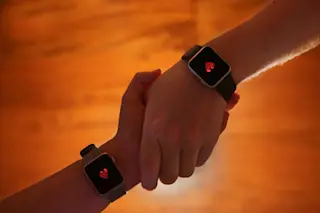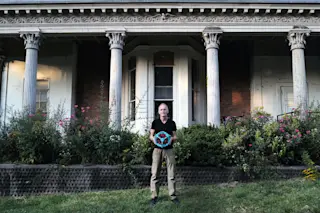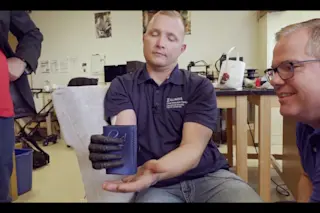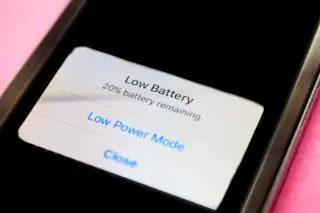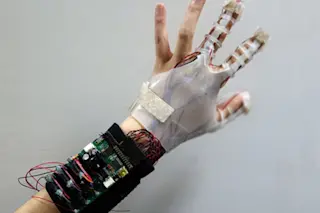I daresay I’m not the first person in the world ever to build an oxcart. I’m sure, however, I was the first ever to build one in the Baltimore metropolitan area.
It was more than two decades ago, when I was in junior high school, that I built my oxcart, and there were a lot of things that argued against my bothering. First of all, given my limited tools and my limited carpentry skill, the cart I could build was only about two feet long, meaning that unless I could come up with some 18-inch oxen pronto, it wasn’t likely that I could actually get anywhere in it. More important, in a peer group as status-obsessed as junior high school kids, boasting that you’re the owner of a spanking new oxcart is slightly less impressive than boasting that you’re the owner of, say, a spanking new Camaro, and I knew ...



